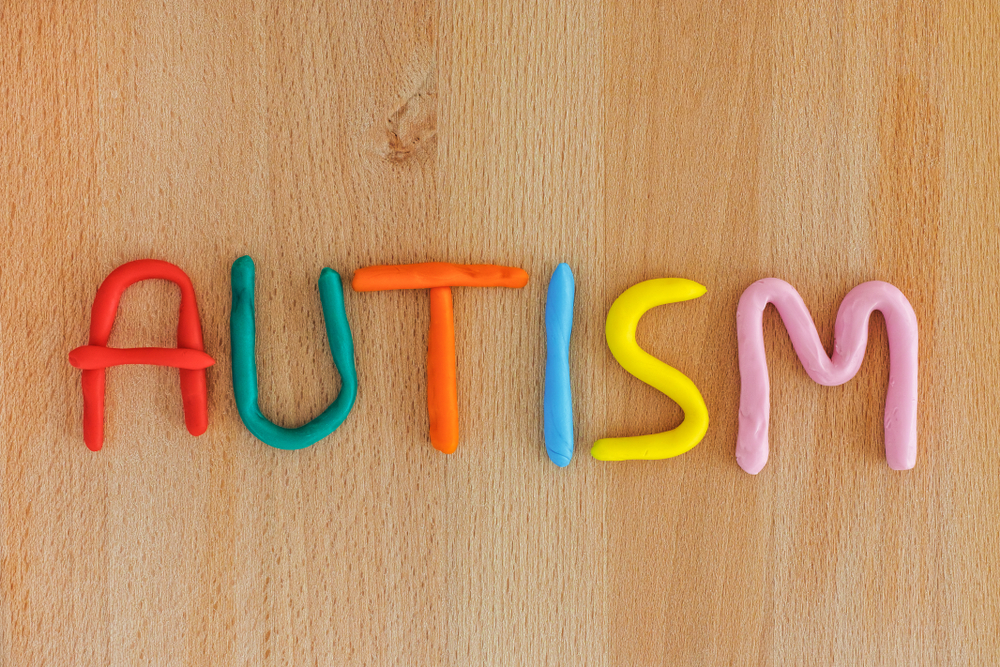Until as late as 2013 a joint (or comorbid) diagnosis of autism and attention deficit hyperactivity disorder (ADHD) was not permitted by the most influential psychiatric handbook, the Diagnostic and Statistical Manual of Mental Disorders (DSM). The DSM is an essential tool in psychiatry as it allows clinicians and researchers to use a standard framework for classifying mental disorders. Health insurance companies and drug regulation agencies also use the DSM, so its definition of what does or doesn’t constitute a particular disorder can have far-reaching consequences.
One of the reasons for the prohibition of a comorbid diagnosis of autism and ADHD was that the severity of autism placed it above ADHD in the diagnostic hierarchy, so the inattention that is normally present in autism did not seem to merit an additional diagnosis. Nevertheless, that was an odd state of affairs, as any clinician working in the field would be able to quote studies that point to anything from 30% to 80% of patients with autism also having ADHD. More problematic still is the fact that patients with both sets of symptoms may respond poorly to standard ADHD treatments or have increased side effects.
The fifth edition of the DSM opened the way for a more detailed look at this overlap, and just a year after the new guidelines were adopted, a consortium (which I am a part of) at the Radboud University in Nijmegen (Netherlands) called NeuroIMAGE published a paper which showed that autistic traits in ADHD participants could be predicted by complex interactions between grey and white matter volumes in the brain.
A more general finding from that work was that autistic traits were significantly raised in ADHD participants, a curious result given that a diagnosis of clinical autism was an exclusion criterion for participation in the study. Raised levels of autistic traits in ADHD participants in the NeuroIMAGE study reflect the fact that autism is a spectrum disorder distributed throughout the entire population. Interestingly, research from last year shows that autistic traits are also much higher among scientists compared to the general population.A paper (which I co-authored) published at the begining of this month in the journal Plos One, looking at MRI scans from over 500 participants in the NeuroIMAGE project has moved on to examine in detail the brain structures involved in the overlap of ADHD and autism. One structure in particular, called the caudate nucleus, was able to predict the level of autistic traits in ADHD, but similar to the earlier paper, a complex interaction was shown to be at work with another structure, the globus pallidus, also influencing results. Both of these structures are located in a part of the forebrain called the striatum that operates as a monitoring system for rewards, with the caudate guiding the selection of goals and the globus pallidus updating the reward value depending on the outcome of an action. With this kind of monitoring, the striatum plays a key role in planning, decision-making and motivation.
The results showed that autistic traits were highest when there was a coupling of higher caudate volume with lower globus pallidus volume. The statistical tools (called mixed-effects models) used in the paper were devised and optimised by a zoologist who has used similar models to study the transfer of information in flotillas of vultures as they optimise their search space while scavenging for food .
The latest findings add to a growing body of evidence that suggests that problems in the reward circuits of the striatum may lead to diminished motivation to attend to social stimuli, such as a smile or a frown or a voice. An earlier study in autistic children found a striking pattern of under-connectivity between voice-selective areas of the temporal lobe and nodes of the reward pathway suggesting that autistic children may not find voices inherently interesting. The first account of autism in the modern era, published by Leo Kanner in 1943, noted that one patient “did not register any change of expression when spoken to”. Kanner’s seminal paper contains many poignant descriptions of “social-blindness”, such as the case history of Elaine C, a seven-year-old girl, who did not look at a face when spoken to, was rarely communicative, never played with children but instead moved among them “like a strange being, as one moves between the pieces of furniture in a room.”
A consistent thread in autism research has been the inconsistency of results. Some groups have shown a larger caudate in autism while others have shown the opposite. Small sample sizes are partly to blame, but another problem is that levels of ADHD in autism are often ignored. This is a serious oversight, as the degree of ADHD present in autism can have a large impact on the results. The latest publication in Plos One goes some way to addressing these problems by drawing on a sample size of over 500 participants and more importantly by looking at the subtle hinterland between the two disorders rather than separating them into binary units.
There are many debates about the usefulness of the DSM since it first appeared in 1952. The first edition contained 130 pages and 106 diagnoses. Today’s edition runs to over 800 pages with almost 400 diagnoses, leading to criticism from Dr. Robert Spitzer, who was once the chairperson of a DSM task force, that the handbook has led to the medicalization of 20-30% of the population who may not have any serious mental health problems. Outside of this debate, it cannot be denied that the DSM has a large impact, positive and negative, on the way research is conducted but at least some of the changes to the fifth edition may lead to better clinical management of patients with both autism and ADHD. From a research point of view, the fifth edition of the DSM will certainly provide a better scientific framework for studying the overlap of these two disorders in more detail.



